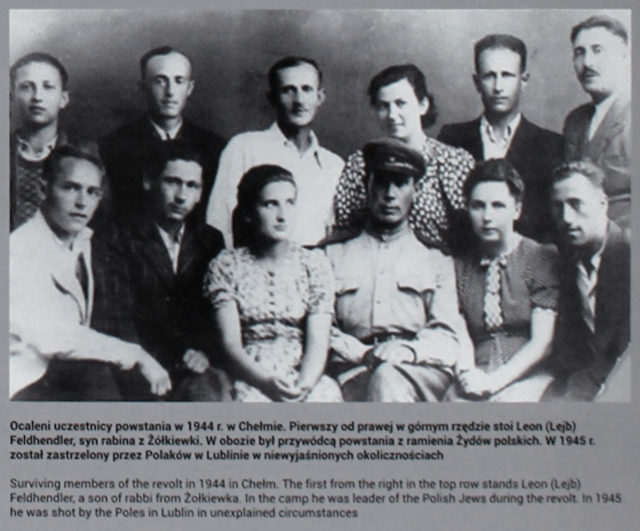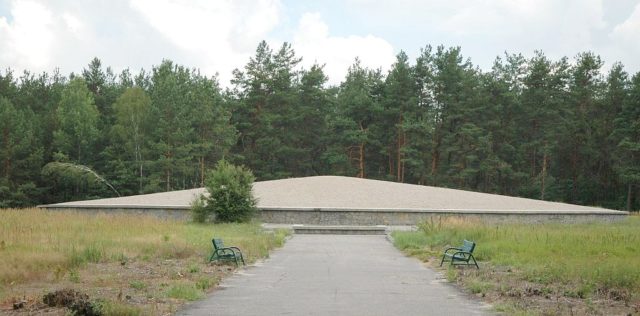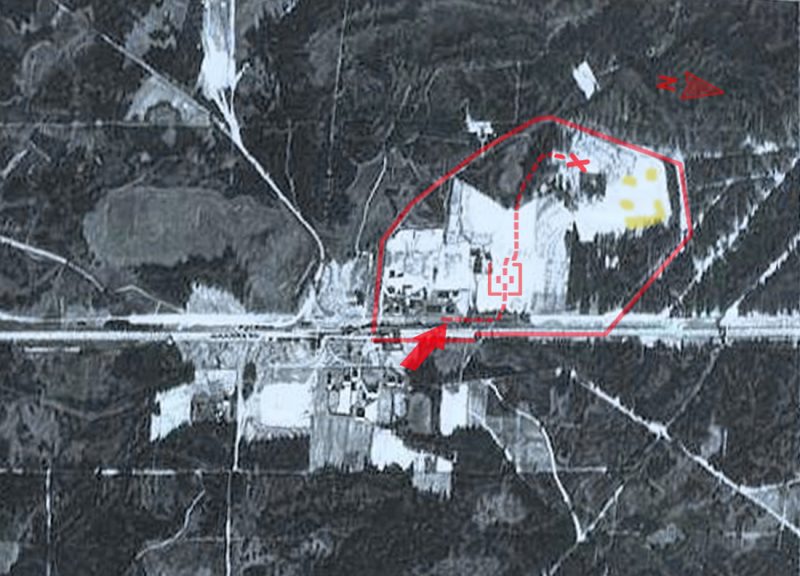The Nazi Holocaust remains one of the most horrific events to stain the bloody history of the 20th century. Though Jewish people took the brunt of the Nazi ideology’s vicious racism, many other peoples also suffered greatly. In many ways, nobody was safe from the death camps during those dark, dark years.
Surely, nearly everyone has heard of Auschwitz, but there were many other camps. One of these, which is perhaps less well-known, was the Nazi extermination camp located on the outskirts of the village of Sobibor, in occupied Poland. The camp was part of the secretive Operation Reinhard, which marked the deadliest phase of the Holocaust in German-occupied Poland.

The number of people murdered at Sobibor is impossible to verify. Estimates range from 170,000 to as high as 350,000. The camp was operational for less than a year and a half, from May 16th, 1942 to October 17th, 1943.
By mid-1943, the number of trains being sent to Sobibor was slowing down and the prisoners at the camp feared that soon everyone left in the camp would be put to death. In July of the same year, the prisoners formed an underground cell with the aim of escaping from the camp.
They were determined to try but lacked the leadership skills necessary. In September a train from Minsk brought a new load of Russian Jews and one of their number was Lieutenant Aleksandr “Sasha” Aronovich Pechersky, a trained officer. He was placed in charge of the escape, with Leon Feldhendler as his deputy. The plan they devised was daring and required nerves of steel. They would lure the SS Officers into a storeroom on the pretence of issuing new coats and boots.

Once the officers were inside the storeroom, they would be set upon by the prisoners and killed using axes and knives. They would then seize the weapons from the dead officers and at roll call the camp would be set on fire, allowing the prisoners to escape. Once outside the camp, each prisoner would be on their own.
On 14th October 1943, at 4:00 in the afternoon, the first SS officer was killed followed by ten more SS men and some of the Ukrainian guards. The prisoners cut the telephone and electricity wires and soon the camp was burning.
The prisoners who had guns trained them on the guard towers and the rest took the opportunity to flee across the minefields that surrounded the camp. Approximately half the inmates escaped and of those maybe 70 were not recaptured. This escape caused SS Chief Heinrich Himmler to order that the camp be immediately demolished.
The SS took pains to obliterate the camp from the face of the earth. They filled the gas chambers with concrete, the buildings were burned to the ground and then the entire camp was bulldozed. Trees and bushes were then planted over the empty space so that it vanished completely.
This meant that vital information about the concentration camp was unknown, such as the whereabouts of the gas chambers.

In September 2014, after a search lasting eight years, a team of archaeologists led by Yorim Haimi, was successful in locating the remains of the gas chambers under an asphalt road and the remains of this infamous camp. This search was very personal to Haimi as two of his uncles were slaughtered at Sobibor.
Haimi and his team from the Yad Vashem’s International Institute for Holocaust Research, the German-Polish Foundation and the Majdanek State Museum found four gas chambers that measured 16 feet by 23 feet that were used to suffocate up to 100 people at a time. Haimi told an interview, “This is where they forced the Jews in and that’s probably where the motor was placed that fed exhaust fumes into the chambers.”
In addition to finding the location of the camp and the gas chambers, the team found a number of personal artifacts such as a wedding ring, a pendant inscribed with the word ‘Palestine’, earrings, a perfume bottle, medicine boxes and eating utensils.
Now that the location of the camp is known a memorial to the souls that lost their lives to a madman’s decree can be properly memorialized so mankind will not forget the evil perpetrated here.
